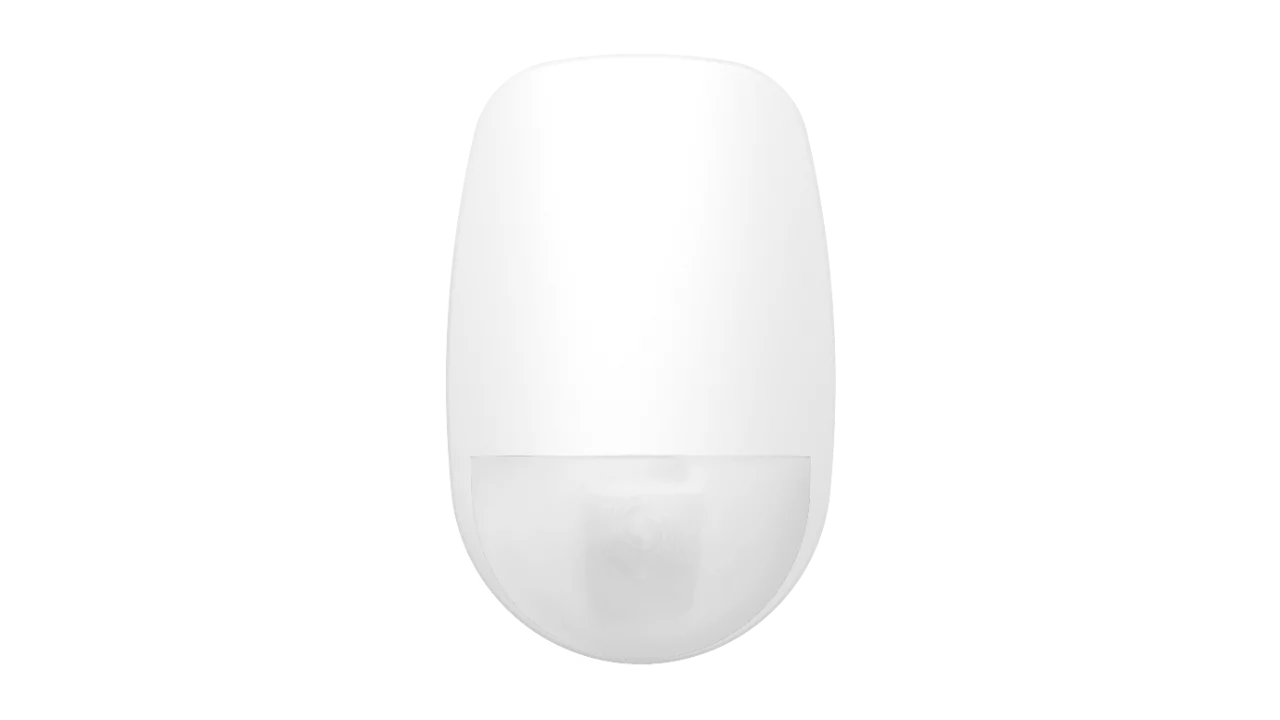Beyond the Thermometer: Exploring Different Temperature Sensors
Temperature Detectors, also known as temperature sensors, are essential components in a wide range of applications, from everyday household appliances to critical industrial processes. These sophisticated devices are designed to accurately measure temperature and convert this information into usable signal or digital data.
This measured data is then utilised to monitor and control temperature-sensitive environments, ensuring optimal performance and safety. Whether it's regulating the temperature of a refrigerator, optimising industrial production processes, or maintaining precise environmental conditions in a laboratory, temperature detectors play a vital role in ensuring accurate temperature readings and enabling effective temperature control.
1. Thermocouples
Thermocouples operate on a fundamental principle: when two dissimilar metal wires are joined together and subjected to a temperature difference, a measurable voltage is generated. This voltage, directly proportional to the temperature difference between the joined end (the "hot junction") and the other end (the "cold junction"), can be accurately measured to determine the temperature at the hot junction.
Due to their robust construction and wide temperature measurement range, thermocouples are ideally suited for high-temperature applications. They can reliably measure temperatures up to 1800°C, making them indispensable in demanding environments such as industrial furnaces, engines, and other high-temperature processes.
Thermocouples are widely used in various industries. They are extensively used in industrial processes for temperature monitoring and control, in HVAC systems for precise temperature regulation, and in gas turbine applications for critical temperature measurements.
2. Resistance Temperature Detectors (RTDs)
Resistance Temperature Detectors (RTDs) leverage the fundamental principle that the electrical resistance of certain metals, most commonly platinum, exhibits a predictable and consistent change with varying temperatures.
By precisely measuring this change in resistance, RTDs can accurately determine the corresponding temperature. This technology provides highly accurate temperature measurements, typically within a wide range of -200°C to 600°C.
Given their exceptional accuracy and reliability, RTDs are widely employed in various critical applications. These include demanding laboratory environments where precise temperature control is paramount, manufacturing processes that require precise temperature monitoring, refrigeration systems, and sophisticated HVAC systems.
3. Thermistors
Thermistors are a class of temperature-sensitive resistors typically composed of ceramic or polymeric materials. These devices exhibit a unique characteristic: their electrical resistance changes significantly with temperature variations.
Thermistors are categorised based on their temperature coefficient:
- Negative Temperature Coefficient (NTC) thermistors: In these devices, the electrical resistance decreases as the temperature rises.
- Positive Temperature Coefficient (PTC) thermistors: In contrast, these thermistors exhibit an increase in resistance with increasing temperature.
Thermistors are particularly well-suited for measuring lower temperatures with exceptional sensitivity, typically within the range of -50°C to 150°C.
This makes them valuable components in a wide array of applications, including:
- Home appliances: such as refrigerators, ovens, and air conditioners, where precise temperature control is essential.
- Medical devices: where accurate temperature measurements are crucial for patient monitoring and diagnostic procedures.
- Automotive systems: for various applications, including engine temperature control, airbag deployment systems, and climate control.
4. Infrared (IR) Temperature Sensors
Infrared (IR) Temperature Sensors, also known as pyrometers, operate by detecting and measuring the infrared radiation emitted by all objects. This technology enables non-contact temperature measurement, allowing for the accurate determination of temperature without physical contact with the target object.
IR sensors are particularly well-suited for measuring the temperature of moving objects, hazardous or difficult-to-reach surfaces, and extremely hot objects. This non-contact capability eliminates the risk of damage to the sensor or the potential for injury to the operator.
IR sensors find widespread application in various industries, including:
- Industrial equipment: This equipment monitors the temperature of moving machinery parts, ensuring optimal operating conditions and preventing overheating.
- Food processing: To ensure food safety and quality by accurately measuring the temperature of food products during processing and storage.
- Medical thermometers: for non-invasive and convenient temperature measurement of human skin.
5. Semiconductor Temperature Sensors
Semiconductor Temperature Sensors are sophisticated integrated circuits that directly convert temperature into an analog voltage signal. This analog output can then be easily processed by digital systems, making them highly compatible with modern electronics.
These sensors offer a compelling combination of high accuracy and cost-effectiveness, making them ideal for applications where precise temperature measurement is required within moderate temperature ranges, typically from 0°C to 150°C.
Semiconductor Temperature Sensors are ubiquitous in modern electronics, finding widespread application in:
- Computers: for monitoring internal temperatures and regulating cooling systems.
- Mobile devices: for optimising battery performance and ensuring safe operating temperatures.
- Environmental monitoring systems: for accurate temperature readings in a variety of applications, including weather stations and environmental research.
6. Bimetallic Temperature Sensors
Bimetallic Temperature Sensors leverage the principle of differential thermal expansion. These sensors are composed of two distinct metal strips bonded together. When subjected to temperature changes, these metals expand at different rates, causing the bimetallic strip to bend or flex.
This mechanical movement is ingeniously utilised to actuate a switch, triggering a specific action at a predetermined temperature threshold.
Bimetallic sensors are renowned for their simplicity, robustness, and reliability, making them suitable for a wide range of temperature monitoring and control applications.
Common applications include:
- Thermostats in HVAC systems: controlling heating and cooling cycles based on ambient temperature.
- Temperature control in ovens: ensuring precise temperature regulation for cooking and baking.
- Various industrial applications: for monitoring and controlling temperature in industrial processes.

